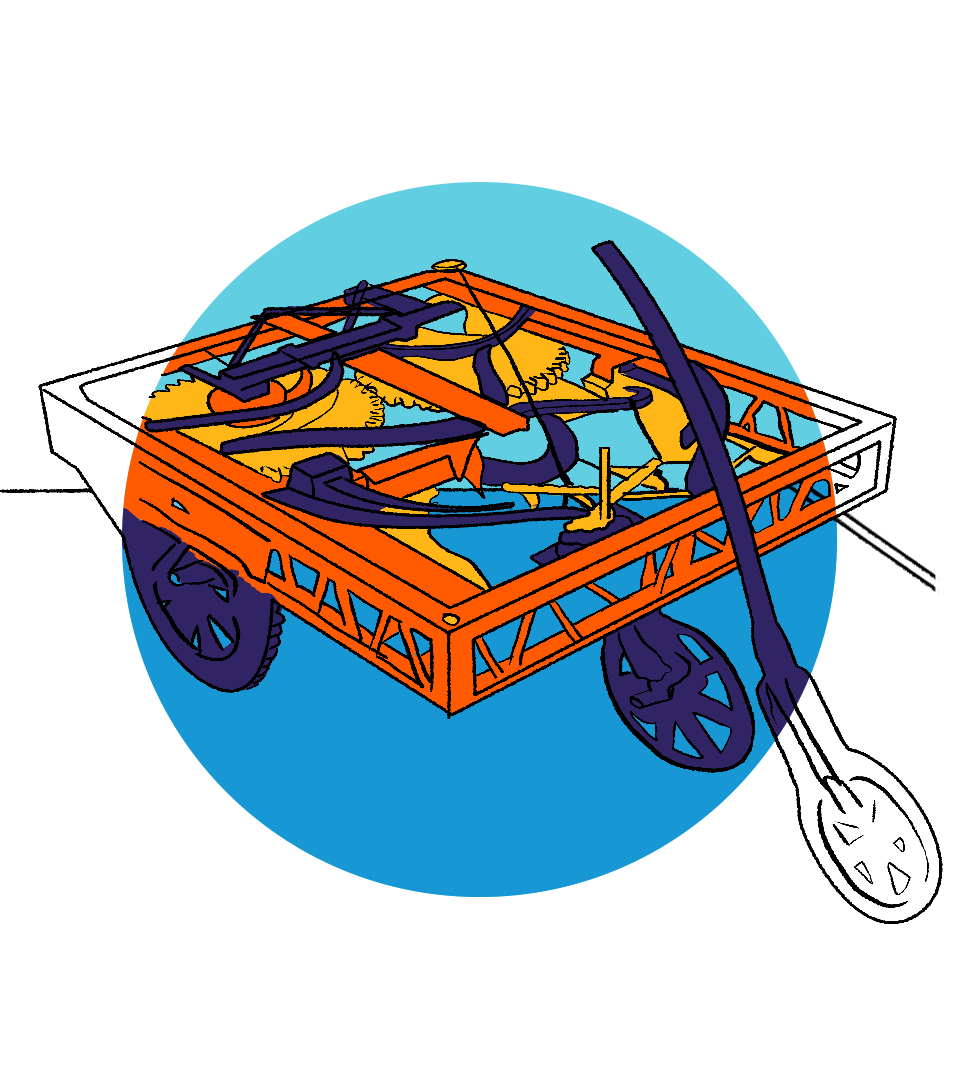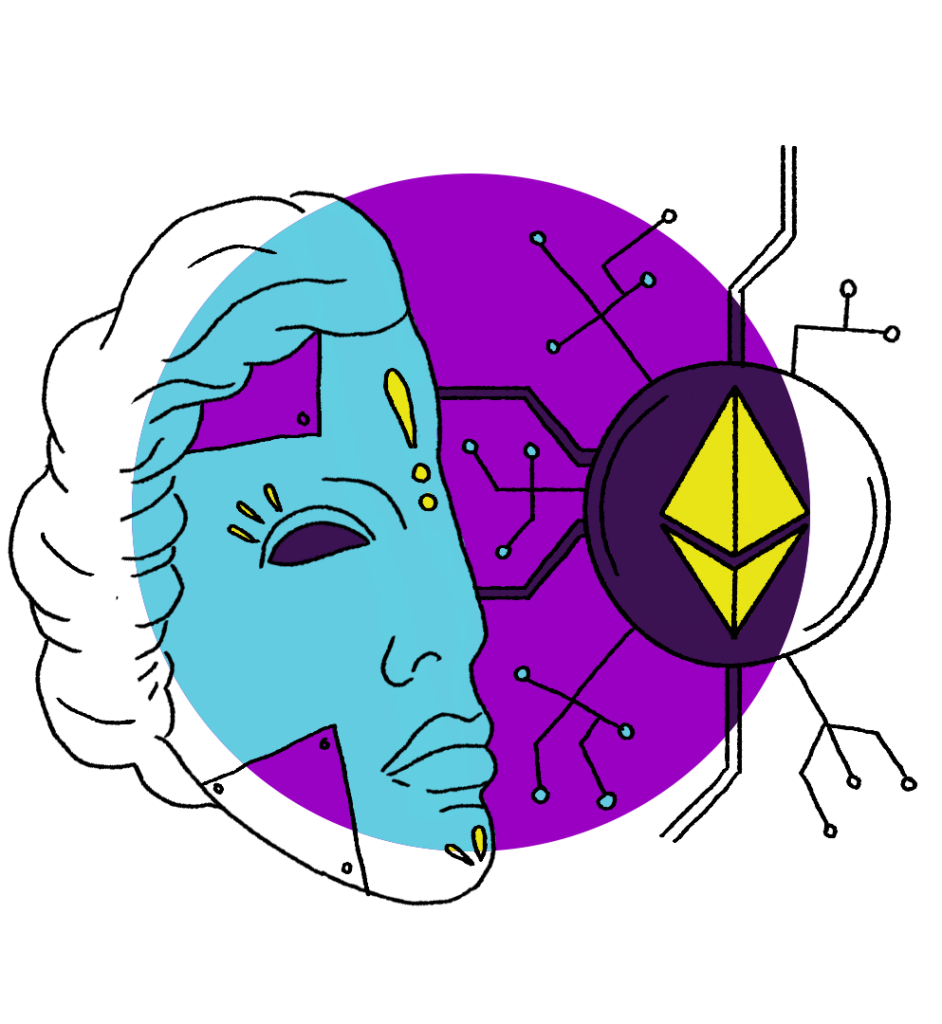Intellectual property, as an intangible asset, is part of the DNA of the creative economy. Investors who don’t recognise its value are missing exciting opportunities in a rapidly evolving sector.
For many people, the work of years is materialised in tangible goods such as cars or houses. For creative people, though, it is materialised in intangibles such as paintings or songs, which are protected through intellectual property rights. For this reason, the creative economy cannot be conceived without the concept of intellectual property as a representation of intangible assets.
Intellectual property rights are the linchpin of commercial transactions in the creations generated by the world’s creatives. JK Rowling, writer of the Harry Potter series, was able to obtain royalties for the use of her creations in many ways, including movie and video game adaptations, as well as toys. Underlying all these payments are copyrights, trademarks and other intellectual property rights.
Intangible assets have played an increasingly important role in the valuation of companies in recent years. In the S&P 500, a US benchmark index, intangible assets represented just 17% of the total market value in 1975, while by 2020 they accounted for 90%.

As intangible assets become a more relevant part of the global market, investors should become more comfortable with the idea of investing in the creative economy, reducing reliance on state support.
Consider, for example, Cirque du Soleil, which had the Quebec government as a partner. When the founders of the Cirque decided to grow and pursue their path as a private company, they needed to raise capital to make it happen, but at that time, who was going to lend them money or invest in a creative industry? In private banking, they found a small savings company that took the risky decision to support them. This was the Caisse Solidaire Desjardins, which granted them a US$20,000 loan – possibly the best investment in the history of that bank.
It has not been easy to convince private banks of the opportunities offered by the cultural and creative industries. It usually happens in countries with more experience in the field, typically more developed; however, there are exceptions. A notable one is Nollywood, which has become the second largest film industry in the world. The creative economy contributes significantly to Nigeria’s GDP and the film industry is one of the most important employers in the country, prompting some African private banks to offer loans for entrepreneurs in the creative sector.
Given the continued challenges of attracting investment to a field in which the product is intangible, the European Union has funded research to identify alternative and innovative mechanisms of financing cultural industries, specifically for the African, Caribbean and Pacific regions. The report identified five methods of financing: start-up and crowdfunding; cluster financing; debt financing; capital financing; and export financing. Those are some of the best options available for investors looking to bet on the creative economy.
Many startups and companies that looked unattractive to investors before the pandemic have now generated returns that have paid off massively for those who put their trust in them
Although the pandemic has created widespread challenges for the creative sector as a whole, some industries in the sector have managed to grow – for example, those related to the generation of content that is streamed online. Many startups and companies that looked unattractive to investors before the pandemic have now generated returns that have paid off massively for those who put their trust in them. That is why it is key to identify how to monetise intellectual property – otherwise, these companies would not be profitable.
A study conducted by the European Parliament concerning the effects of the Covid-19 crisis on the creative economy shows that private investment in these sectors has been reduced. However, as at any critical juncture, the current situation represents an opportunity for fundamental restructuring. Governments, investors and private banks are facing a unique moment to participate in the design of a new creative economy.
Another study looking at the effects of the crisis on this part of the economy highlights an element of growing importance in the new normality: digitalisation. Creatives have had to take their creativity to unimagined places in the digital world, from artificial intelligence to virtual reality. As the OECD highlights, there are opportunities for innovators and investors to seize the opportunities presented by new technology to move the industry forward.
In the debate around intellectual property, digitalisation is breaking paradigms: for example, in a work in which a creative collaborates with artificial intelligence, is the artist the only owner? This becomes even more complicated when almost all the work was made by technology, as in a 2018 case in France. On this point there is no certainty, although in China in 2019 a court recognised the copyright of a piece of artificial intelligence software.
At CAIINNO, we seek to generate useful knowledge and proposals to enable governments and creatives to make more enlightened decisions within the creative economy. Our projects include a big data visualiser, designed using information about the creative industries in Mexico and other countries, as well as proposals for the sector in the pandemic, including one selected by the Inter-American Development Bank from among more than 200 worldwide.
In conclusion, intellectual property as an intangible asset is a key element for both the creative economy and its investors. Understanding, protection and respect for the concept become relevant at any stage of the creation and commercialisation process. Intangible assets open up the possibility for investors to capitalise on the investments made in this economy. In consequence, without intellectual property there is no creative economy.








